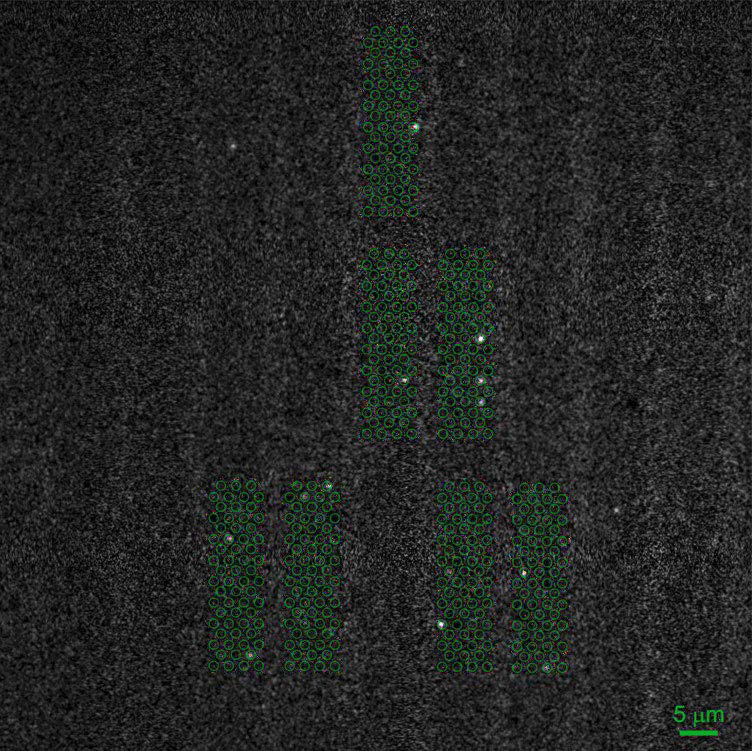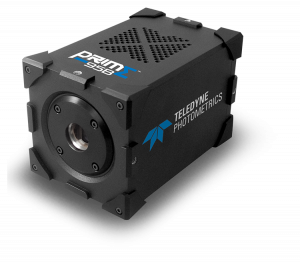Prof. Madhavi Krishnan
Krishnan Group, University of Zürich
Background
The electrostatic properties of macromolecules—specifically, their electrical charge and interior dielectric characteristics— are a vital component of their function as they contribute to the physical basis of mechanisms that range from molecular recognition, signalling and enzymatic catalysis to protein folding and aggregation, and are of fundamental relevance in experiment and theory.
The Krishnan group at the University of Zurich are pioneering the use of the “electrostatic fluidic trap” to perform novel experiments in the spatial control, manipulation, and measurement of nanoscale matter in solution. Their primary focus is on biological molecules such as proteins and nucleic acids but some experiments also involve inorganic entities displaying interesting photonic properties.
The unique “field-free” trap offers high-precision measurement of the effective electrical charge of a single molecule in solution. They are able to measure a macromolecule›s electric charge with the precision of a single charge and below (<1e-). One of their goals is to use this approach to read out three-dimensional conformational changes or fluctuations in single macromolecules in real time.1, 2

Image acquired with the Prime 95B under 40x magnification with an 8 ms exposure time using the full frame (1200×1200 pixel) field of view.
Challenge
Professor Krishnan shared, “Imaging single molecules labeled with a single fluorophore can be challenging as single fluorophores generally emit relatively weak signals. We also need to work at high speeds to visualize the motion of the molecules in the electrostatic fluidic trap.”
This means that the group is using very low exposure times so they are constantly working in a low signal to noise environment.
The group had previously been using an EMCCD camera for this work but to reach the required speed they could only use a small field of view which only allowed them to visualize a few molecules at a time.
The high speed and large field of view of the Prime 95B [Scientific CMOS camera] are a massive advantage for our work.
Solution
The near-perfect 95% quantum efficiency of the Prime 95B Scientific CMOS camera provides sensitivity that is equivalent to an EMCCD but with the high speed and large field of view expected of a CMOS device.
Having the ability to go 82 frames per second with high sensitivity on the large 1200×1200 sensor with an 18.66 mm diagonal increased the number of single molecules that could be detected in a single frame by a large margin. Professor Krishnan told us, “The high speed and large field of view of the Prime 95B are a massive advantage for our work.”
References
- Ruggeri, F., Zosel, F., Mutter, N., Różycka, M., Wojtas, M., Ożyhar, A., Schuler, B. & Krishnan, M. (2017) Single-molecule electrometry. Nature Nanotechnology May;12(5):488-495. doi: 10.1038/nnano.2017.26. Epub 2017 Mar 13.
- Mojarad, N. & Krishnan, M. (2012) Measuring the size and charge of single nanoscale objects in solution using an electrostatic fluidic trap. Nature Nanotechnology 7, 448–452. doi:10.1038/nnano.2012.99

